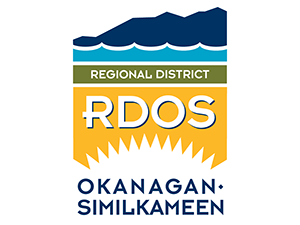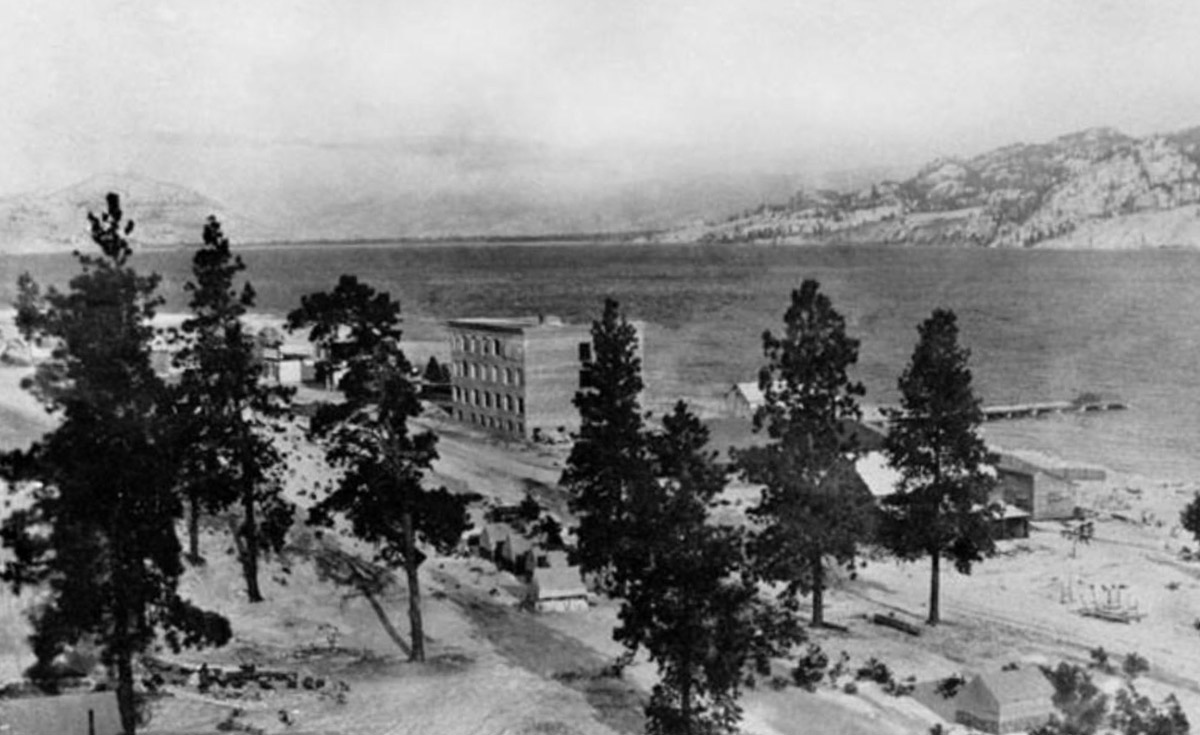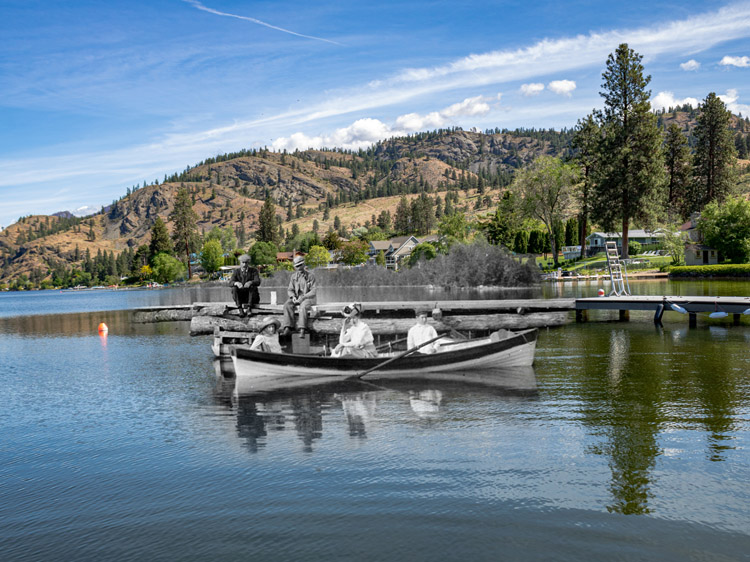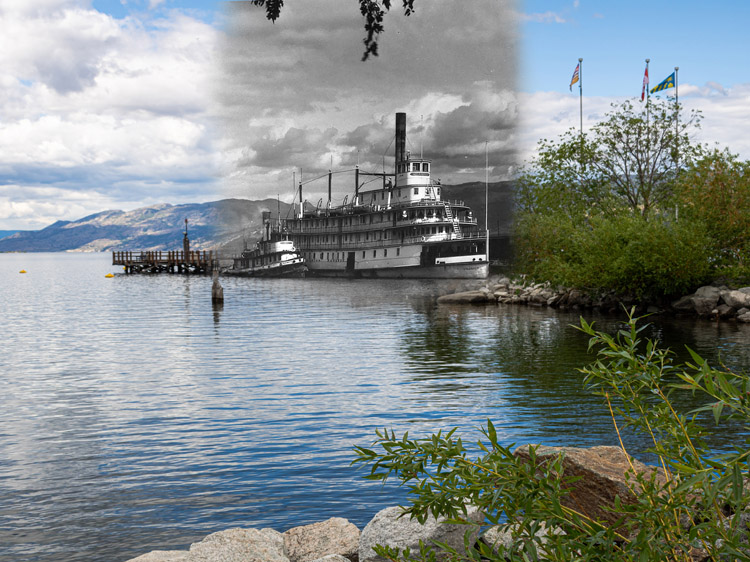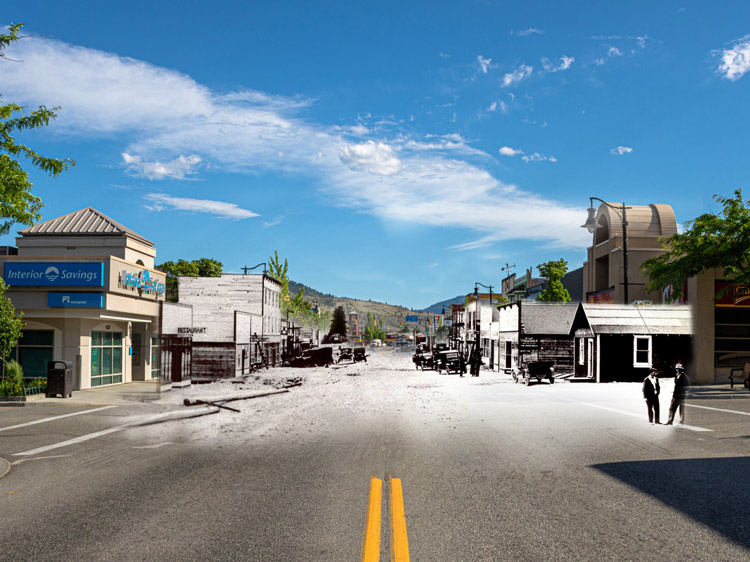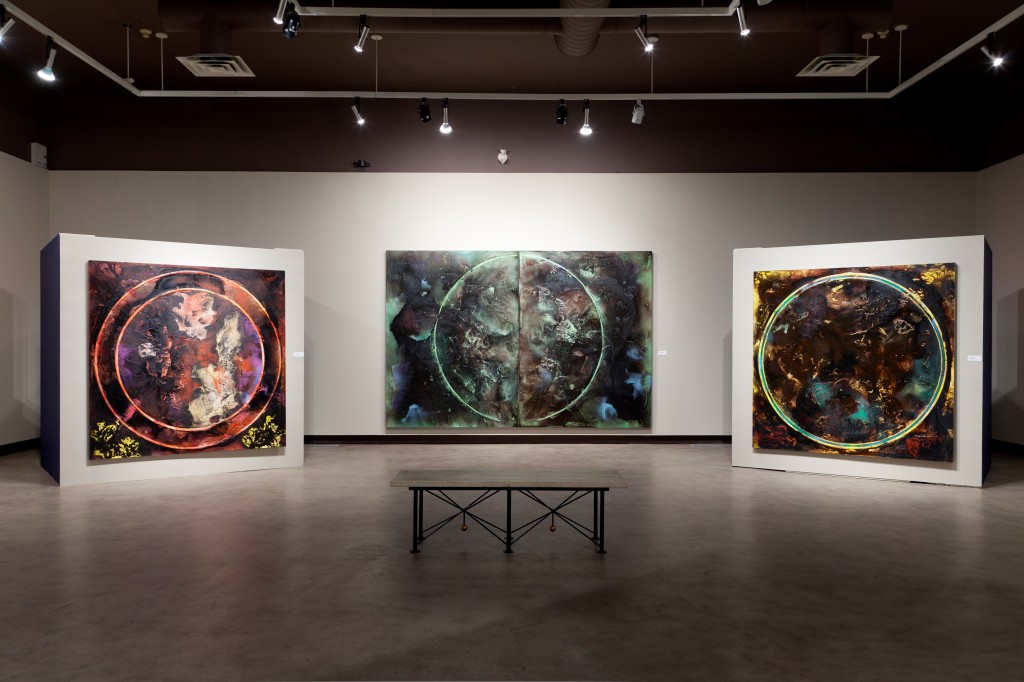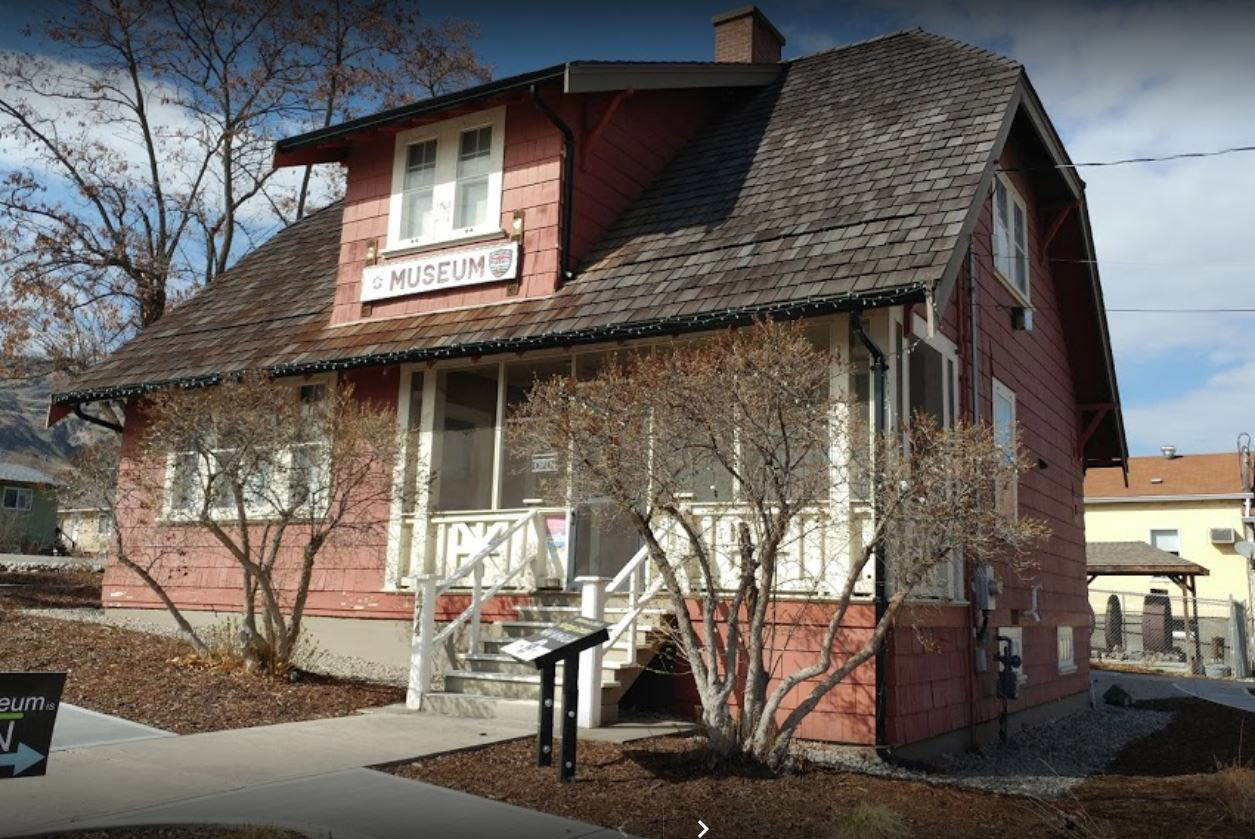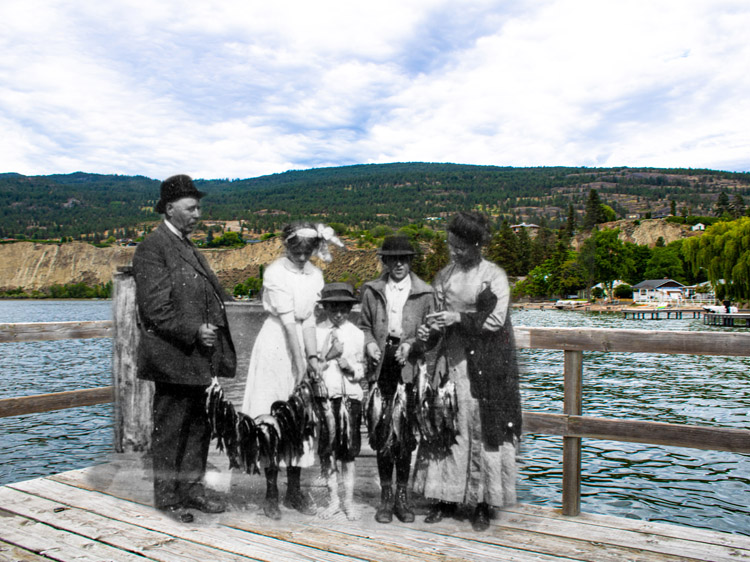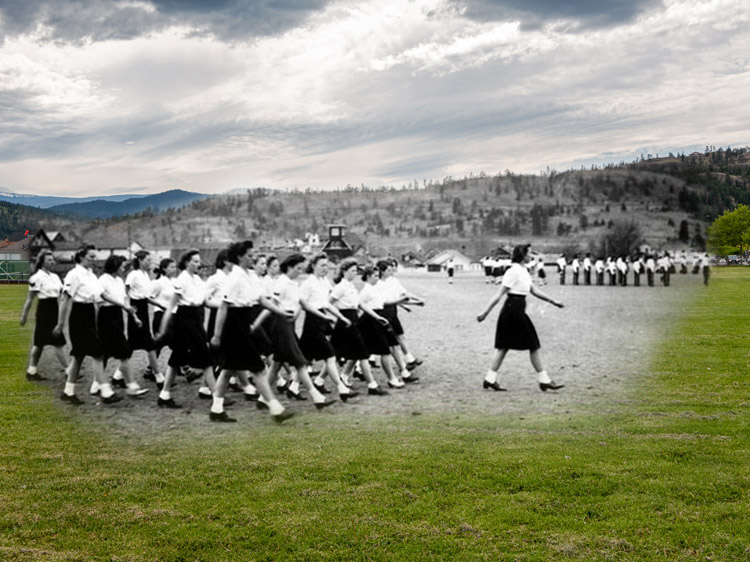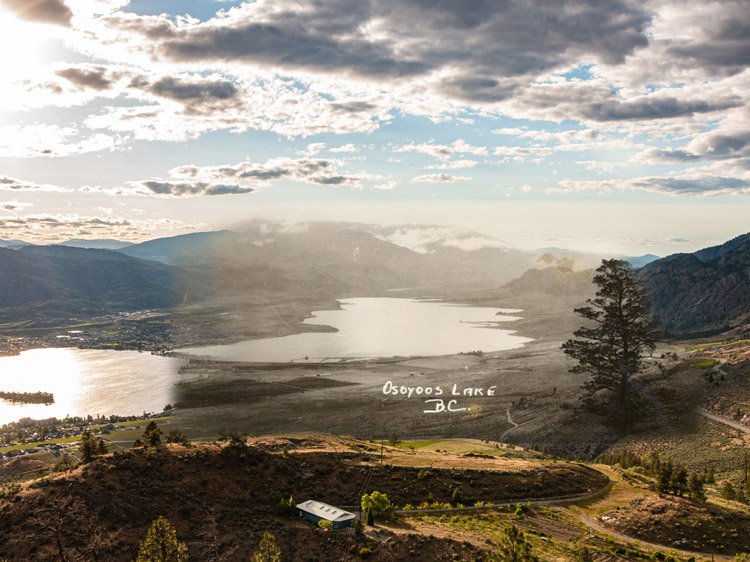Thousands of years before Europeans first arrived in the Okanagan, the Syilx People of the Okanagan Nation lived and thrived here, creating strong communities and living sustainably off the land. It wasn't until 1811 that the first European fur traders arrived in the region, and settlement began slowly after that.The town of Kaleden was founded in the early twentieth century when developer James Ritchie travelled down to the area from Summerland and fell in love with this spot. He purchased 3000 acres of land near here and subdivided it, selling it to eager farmers who had moved to the area to settle. The name of this small community was chosen in a contest and means "beautiful paradise" through a combination of the Greek word "kalos", meaning beautiful, and "Eden", referring to the Garden of Eden. In its early years, Kaleden became home to many lush orchards, and was at one point the largest producer of apricots in the Okanagan. Today, Kaleden is a small, picturesque community nestled on the shores of Skaha Lake.
This project was made possible through a partnership with Visit South Okanagan, with support from the Regional District of Okanagan-Similkameen Area "D"
We respectfully acknowledge that Kaleden is within the ancestral, traditional, and unceded territory of the Syilx People of the Okanagan Nation.
Explore
Kaleden
Stories
See Ya Later Ranch
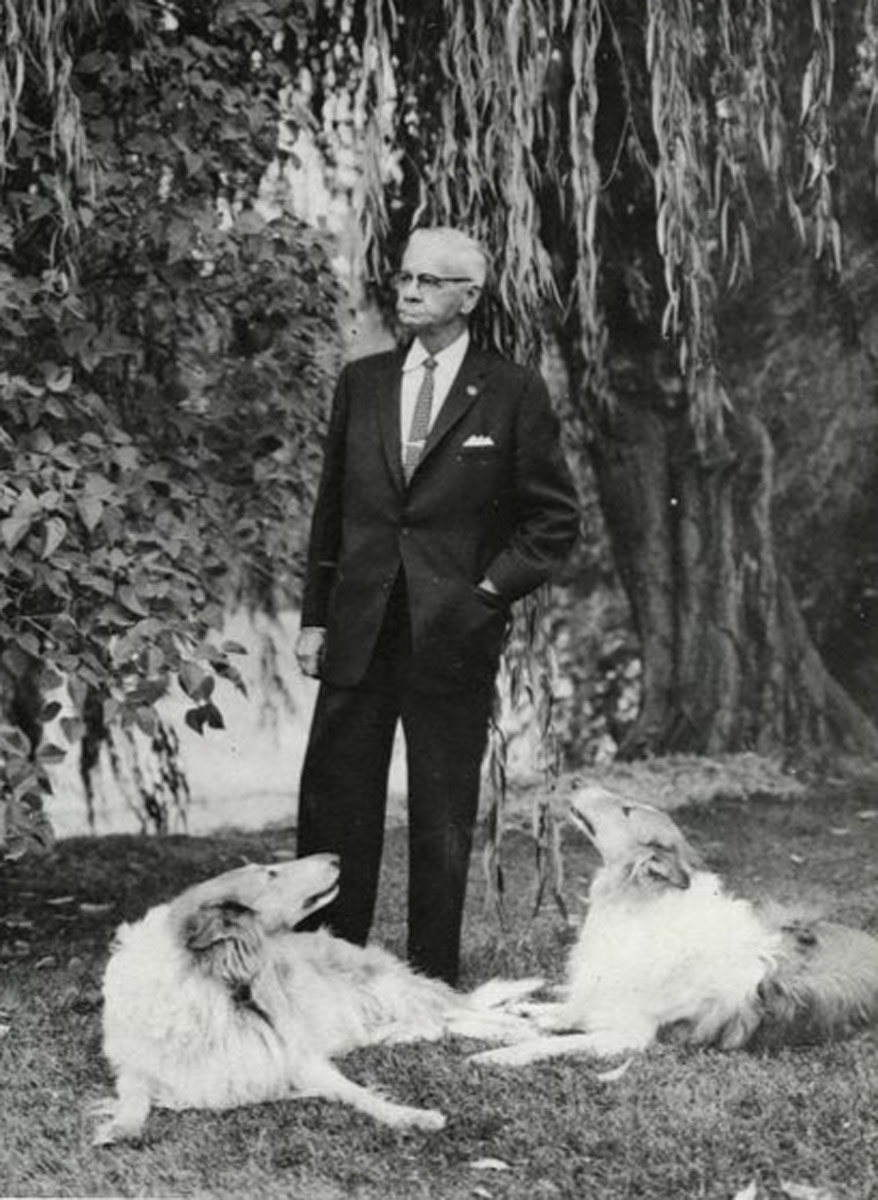
Among the dozens of wineries and vineyards which dot the South Okanagan, one in particular comes with a deep and unique history: See Ya Later Ranch. This property, located to the south of Okanagan Falls on Hawthorne Mountain, was originally owned by the Hawthorne brothers, who acquired the land for a homestead in 1902. They then sold the property in 1919 to Major Hugh Fraser, a man who became "a legendary figure around Okanagan Falls."1
Dominion Radio Astrophysical Observatory
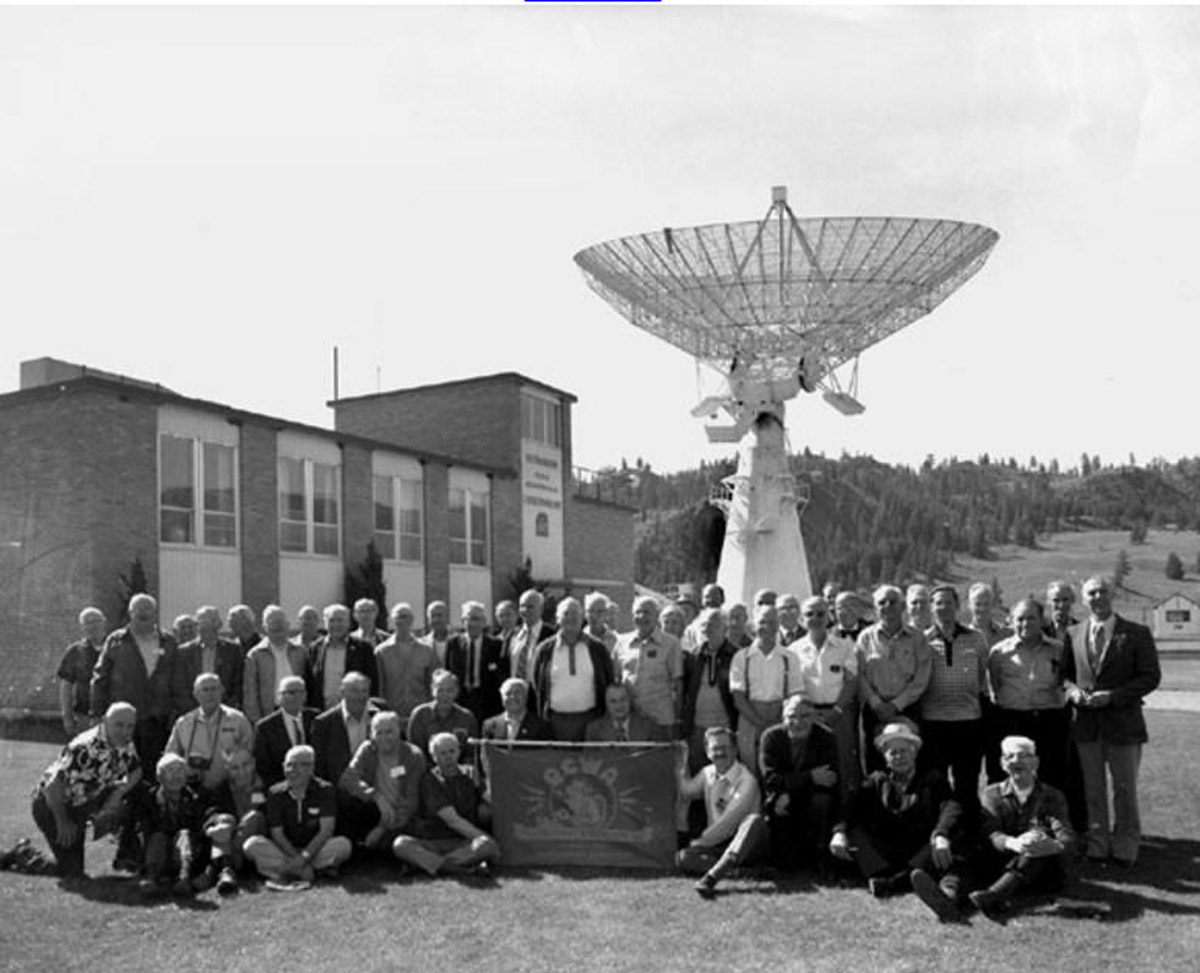
Okanagan Archive Trust Society KLD 017
Not far from Kaleden up the White Lake Road, is the site of the Dominion Radio Astrophysical Observatory - research facility for science and technology research and development related to radio astronomy. A modern astronomer uses telescopes like the ones at this facility to study the physical processes occurring in the universe, how galaxies are formed, and the births and deaths of stars.
Kaleden Hotel
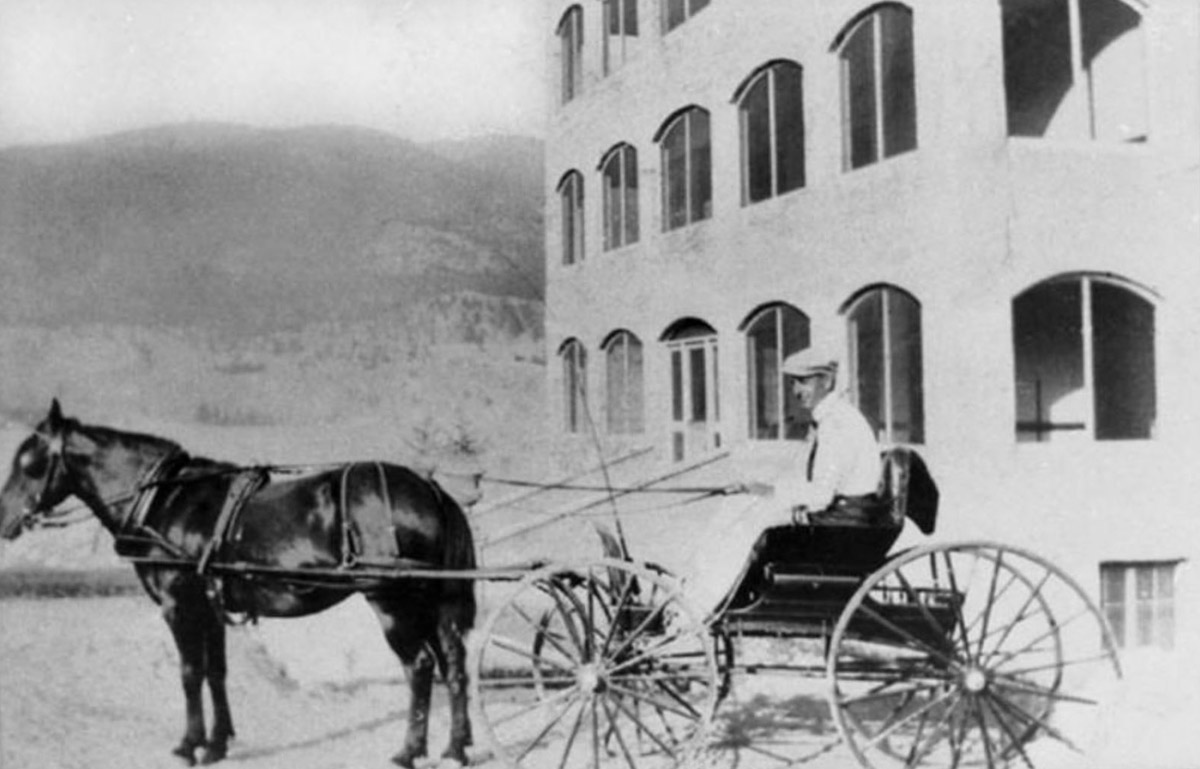
Okanagan Archive Trust Society KLD 008
The modern community of Kaleden was established by founder James Ritchie in the early 1900s. Prior to this, the land was known as being a popular camping spot on the way from Okanagan Falls to Penticton. But when Richie viewed the bench lands above Skaha Lake, he envisioned them filled with fruit orchards. He had already purchased and subdivided 320 acres into what became the West Summerland townsite, but after a couple of successful years he was ready for another investment. Once he had acquired 3,000 acres of land in Kaleden, he began to plan for subdivision and irrigation: now the settlement needed a name.
In 1909, a contest was held to select the community's name, with the winner receiving a lot in the new settlement. The winning name was a combination of the Greek word "Kalos" which translates to beautiful, combined with "Eden" after the biblical garden.
Then and Now Photos
The Tomlin House
Okanagan Archive and Trust Society KLD 016
1910
In this photograph from 1910, a group of early Kaleden settlers poses in front of the Tomlin house.
Canoeing in Kaleden
Corbitt, H.W. The History of Kaleden, Kaleden Centennial Committee, 1958, pp.50
1911
During Kaleden's early years, canoeing on Skaha Lake was a popular past-time. In 1911, two Kaleden settlers, Hatfield and Corbitt, bought nine canoes from New Brunswick and quickly sold them to other community members. This photograph from that same year shows Kaleden residents out enjoying the water.
A View of the Hotel
Okanagan Archive Trust Society KLD 010
1912
This view looks north from the South Bench in Kaleden. The Kaleden Hotel, opened the same year this photo was taken, is visible in the centre of the image, with the wharfs and packing houses (partially hidden by trees) to the right.
Hatfields General Store
Okanagan Archive Trust Society KLD 003
1912
This photograph from 1912 shows a car parked in front of the Hatfields General Store, with Skaha Lake in the background. The Hatfield family came to the Okanagan from Nova Scotia in 1907 and settled in Kaleden two years later.
The OK Game Farm
ca. 1970s
The Okanagan Game Farm, the gates of which are shown in this photograph, opened in 1967 and operated until 2000. Located on land rented from the Penticton Indian Band, it contained 130 species of animals—everything from rhinos and giraffes to sheep and bears.





